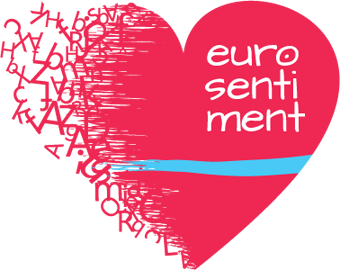
Emotion Models for Onyx
Introduction
Onyx is a standardised data schema (also referred as "ontology" or "vocabulary") designed to annotate and describe the emotions expressed by user-generated content on the web or in particular Information Systems. Emotions in Onyx can be annotated using discrete or dimensional models of emotions. It also provides the tools to formalise the model itself.
This page contains a list of readily available models of emotions that can be used for annotation.
Models
WordNet-Affect
WordNet-Affect is an extension of WordNet Domains. It includes a subset of synsets suitable to represent affective concepts correlated with affective word. Each synset is assigned a affective label (A-Label), corresponding to an affect. The majority of these affects correspond to emotions, branching in Ambiguous, Neutral, Positive and Negative emotions. In total, it contains 291 affects related to emotions. This, combined with the taxonomical categorisation makes it a perfect base for Emotion Analysis tasks.
For this purpose, the WordNet-Affect taxonomy has been converted into a SKOS taxonomy. This taxonomy also contains an onyx EmotionModel with a EmotionCategory per emotion.
For more information, see:
- Documentation: http://www.gsi.upm.es/ontologies/wnaffect
- Model: http://www.gsi.upm.es/ontologies/wnaffect/ns
EmotionML
The Emotion Markup Language (EmotionML) is a markup language designed to be usable in a broad variety of technological contexts while reflecting concepts from the affective sciences. EmotionML is well established and has been used successfully in many multimodal emotion analysis projects. In order to annotate EmotionML datasets with Onyx, and vice versa, we have created a tool to automatically generate Onyx EmotionModel instances from an EmotionML vocabulary definition.
- EmotionML specification: http://www.w3.org/TR/emotionml/
- Onyx Model: RDF file and Turtle file (more readable)
- The conversion tool used.
B Acknowledgements
Special thanks for support with the taxonomy translation to: Prof. Carlos A. Iglesias and members of the GSI Group of DIT department of Universidad Politécnica de Madrid.
Onyx and all related work were initially created for their use in the EUROSENTIMENT Project
This work is licensed under a Creative Commons Attribution License. This copyright applies to the WordNet-Affect Taxonomy Specification and accompanying documentation in RDF. This ontology uses W3C's RDF technology, an open Web standard that can be freely used by anyone.
